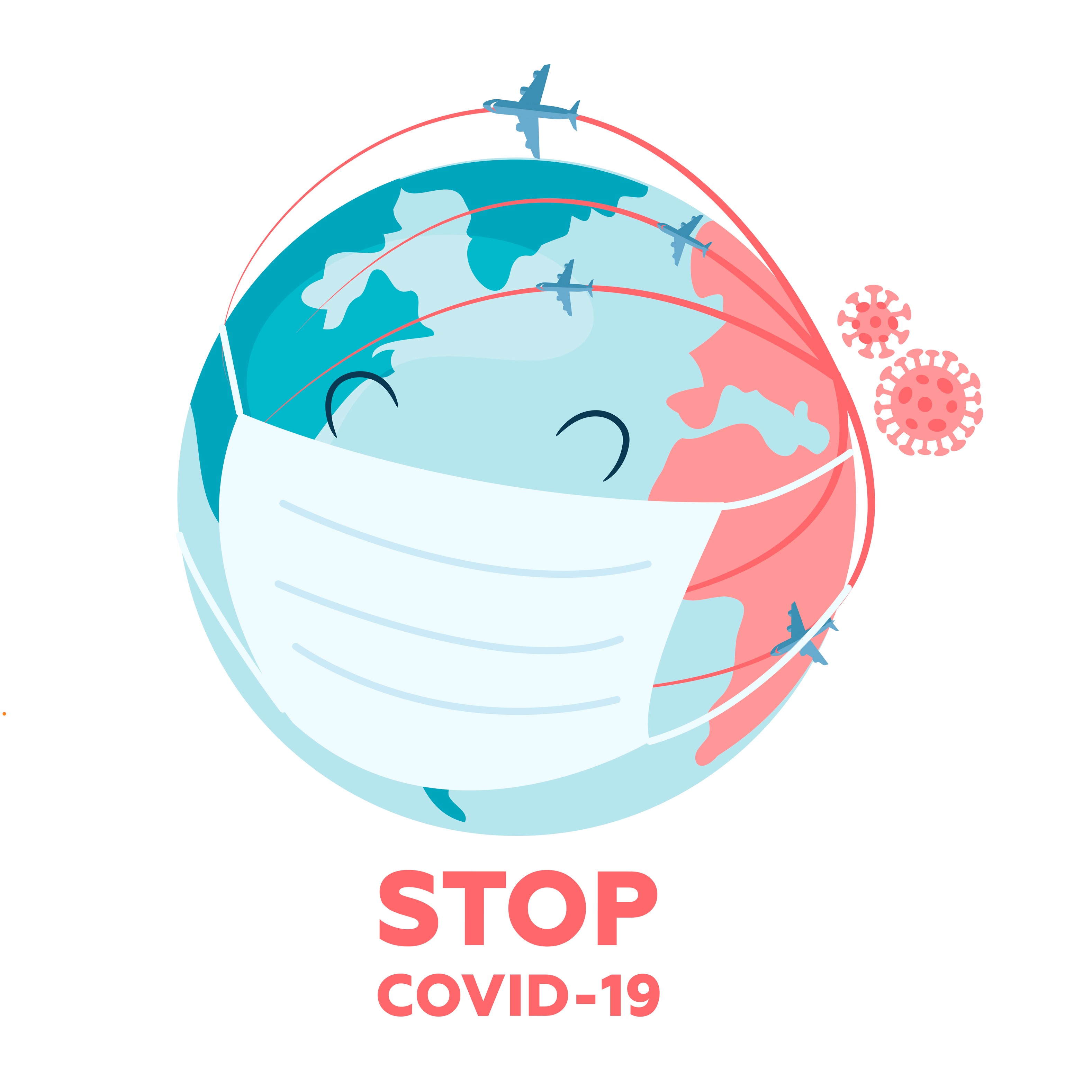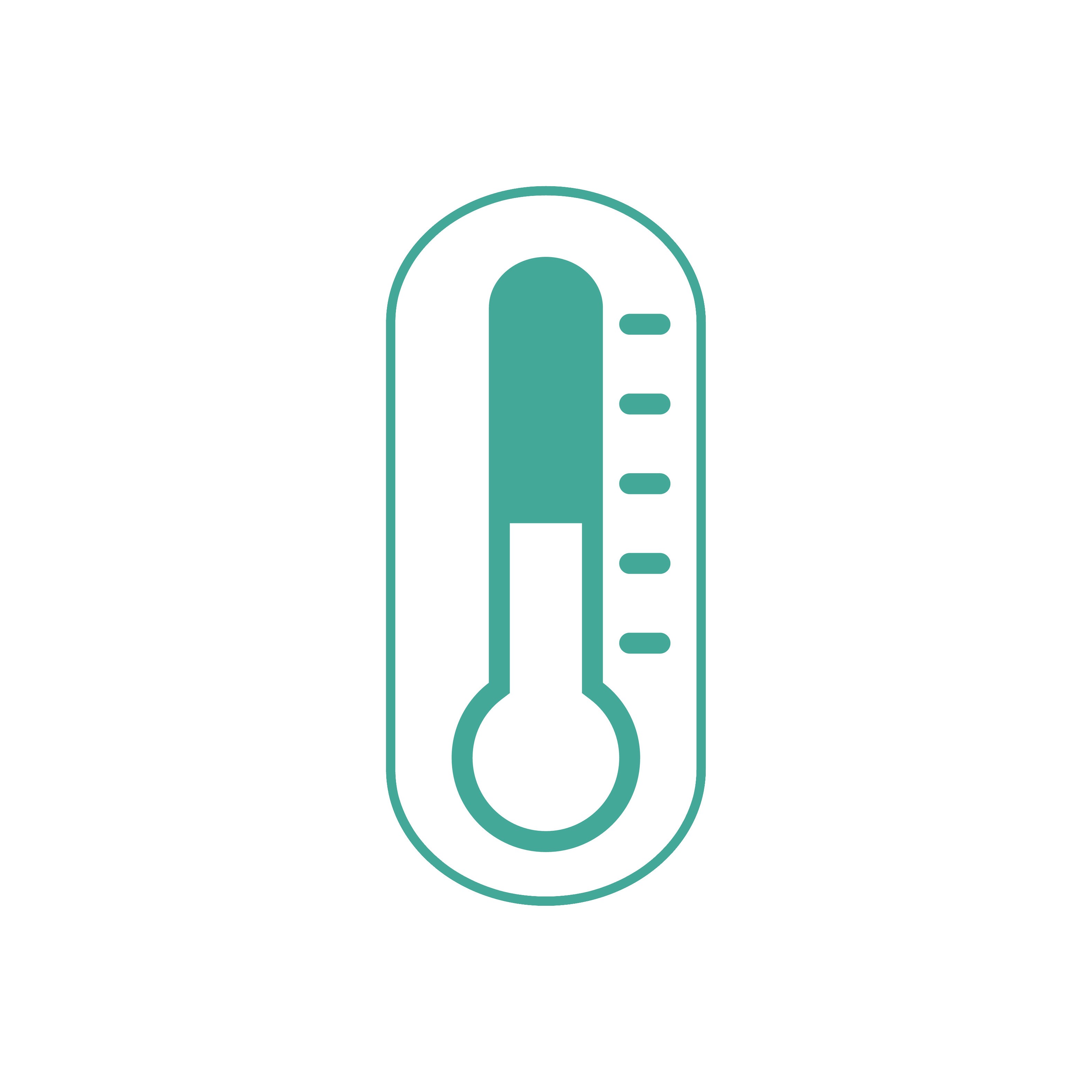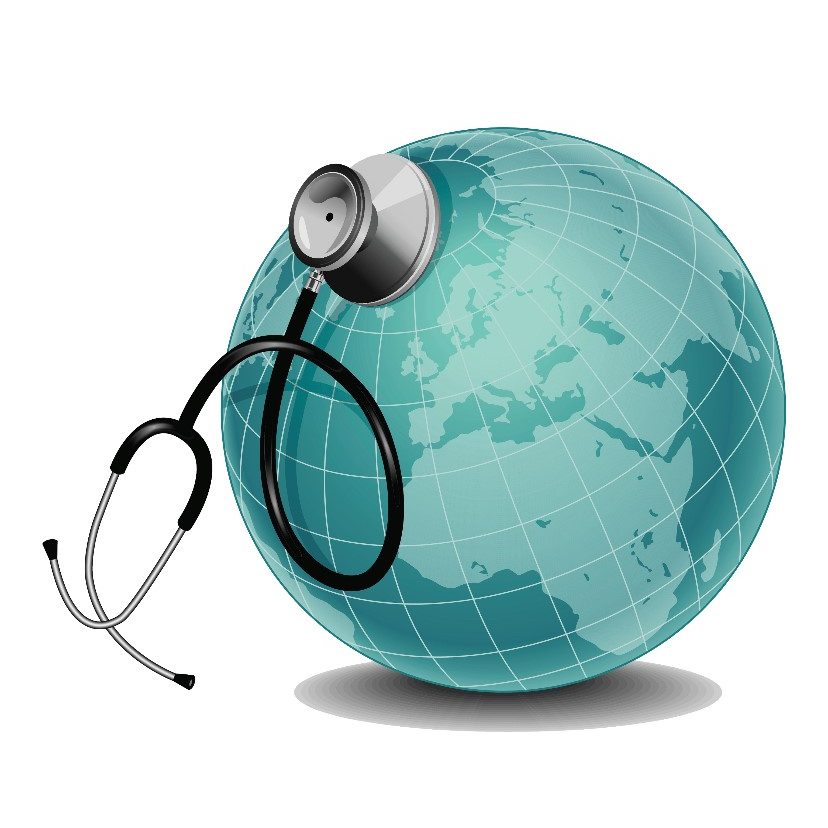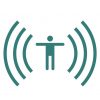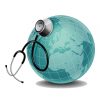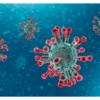Social Distancing
What is Social Distancing?
Social Distancing is the practice of avoiding large groups of people, which would increase the likelihood of coming into contact with someone who is sick or carrying the virus.
It is shown that the virus travels up to 2 meters (6 feet) in the droplets that are produced when an infected person speaks, coughs or sneezes before settling onto surfaces.
Staying at least 2 meters (6 feet) away from others when out in public will help protect you and slow the spread of the novel coronavirus.
Why is Social Distancing Important?
- The way that the novel coronavirus spreads is through person-to-person contact with someone who has the virus
- The average time it takes for people to develop symptoms after exposure to the virus is anywhere from 2 to 14 days. This means that people can be infectious and spread the virus for days before they even realize they are sick. This is why a quarantine period of 14 days has been recommended for anyone who recently traveled, or has been in contact with someone who is infected.
- It is estimated that approximately 70% of the population will contract the novel coronavirus and the only way to prevent the healthcare systems from becoming overwhelmed by those with severe symptoms is to slow down the spread of the virus
- Most healthy people will have mild to moderate symptoms. However, anyone with underlying health issues and compromised immune systems are more likely to have severe symptoms requiring hospitalization should they contract the coronavirus and develop COVID-19
- Social Distancing protects those who are medically compromised and have weaker immune systems from contracting the coronavirus and developing severe and life-threatening symptoms of COVID-19
Update on Social Distancing:
Since heavy respiratory droplets tend to fall on surfaces within 1-2 meters, the primary goal of social distancing is to protect against exposure, and reduce transmission/spread of viral particles contained within heavy respiratory droplets from individuals infected with COVID-19. Current recommendations therefore for social distancing are to remain 2 meters (approximately 6 feet), away from others (not living in your household).
However, there are additional considerations for widening the gap between individuals during physical activity such as walking, running or biking. Performing these activities 2 meters (6 feet) apart (side by side) would appear to be satisfactory, however, walking, running or biking in tandem i.e. one behind the next, can create a scenario whereby the trailing individual(s) may be exposed to heavy respiratory droplets emitted from the breath from the person in front, through “slipstream” airflow that carries the breath of the lead walker, runner or biker into the individuals behind. Consequently, a wider gap is required for those engaged in these types of cardiovascular activities. The current suggestion for tandem walking, running or riding is to remain about 4–5 m behind others when walking, 10 meters if running, at about 20 meters when engaged in a brisk ride. Walking, running or cycling in a staggered position, i.e. not directly behind the person in front, could also help to reduce the risk of exposure to heavy respiratory droplets carried in the slipstream of the person in front. Wearing a mask while engaged in these types of physical activity might be helpful to avoid dispersal or inhalation of heavy respiratory droplets.
Glossary of Common Terms
Social Distancing is recommended for people who are healthy and need to go out into public spaces to reduce their chances of contracting the coronavirus.
Self-Monitoring is recommended by your public health agency when you have no symptoms and there is reason to believe you may have been exposed to the coronavirus (even though there is no confirmed exposure). This means you can go about your daily routine but avoid crowded places while you monitor yourself daily for signs of symptoms for a period of 14 days.
Quarantine is the practice of separating a person or a group of people who are showing no signs of symptoms but who recently returned from traveling to an infected country, or who were in contact with someone diagnosed with COVID-19 (the disease caused by the coronavirus). Quarantine is a 14 day duration of enforced limited movement to monitor the development of symptoms which will help stop the spread of the disease.
Self-Quarantine is when a person or a group of people voluntarily separate themselves from others for a period of 14 days to monitor the development of symptoms.
Isolation occurs when someone needs to be admitted to the hospital with severe respiratory symptoms of COVID-19 and they are put into hospital isolation where only health care providers wearing appropriate personal protective equipment (PPE) are permitted into the patient’s room.
It is also mandated for someone diagnosed with COVID-19 who has mild or moderate symptoms not requiring hospitalization. They are ordered to isolate themselves at home, not leaving their residence until recovered. If they live with others, they are to isolate in a separate part of the house not interacting with others physically to reduce the risk of transmission. Those isolating at home will be monitored and followed-up with by their local public health agency.
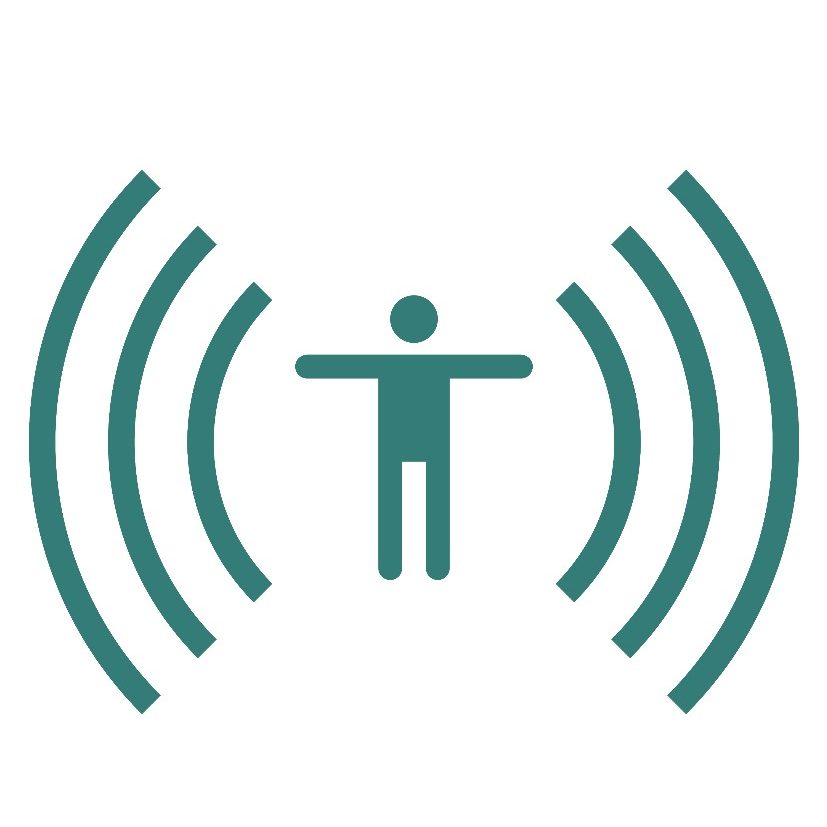
Your Health Matters
Knowledge is power. Do your research, read and take responsibility for the choices you make for your health.
~Unknown
COVID-19 RESOURCES
COVID-19 Self-Assessment
Are you experiencing any of the following symptoms?
- Severe difficulty breathing (for example, struggling for each breath, speaking in single words)
- Severe chest pain
- Having a very hard time waking up
- Feeling confused
- Lost consciousness
If you have any of these symptoms:
Call a health care professional or your local public health agency, tell them your symptoms and follow their instructions.
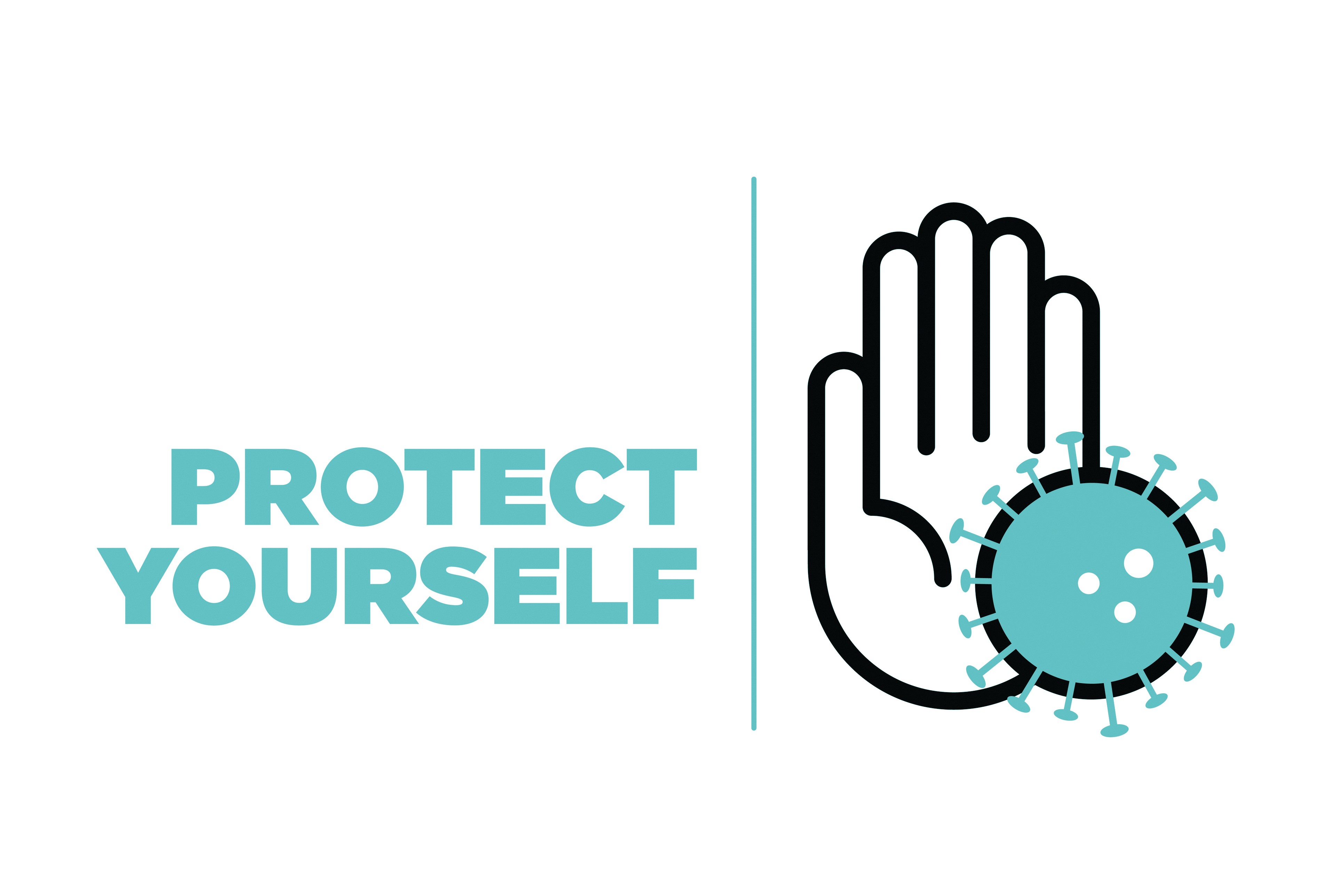
Free Downloads
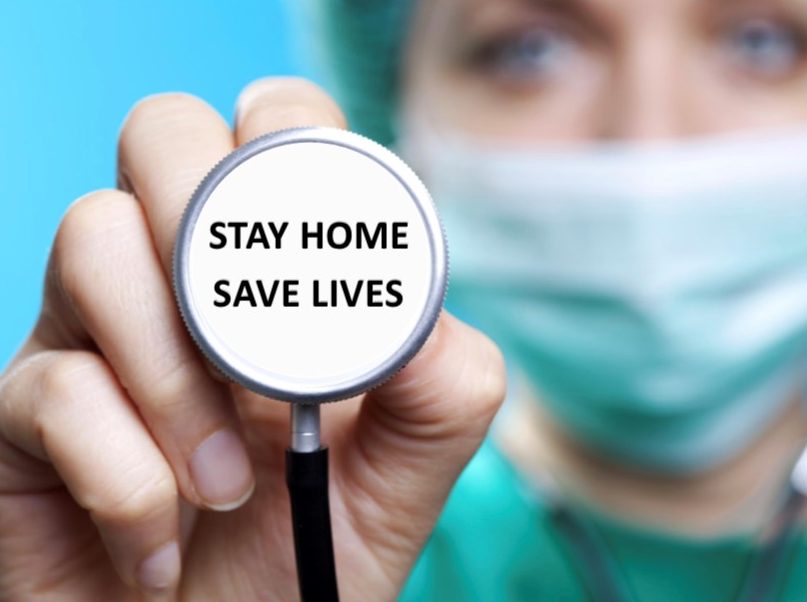
We acknowledge and thank all the health professionals who are on the front lines treating and taking care of all those affected by COVID-19.
The courage and strength you exhibit putting the health and care of others ahead of your own makes you the true heroes of this pandemic.



